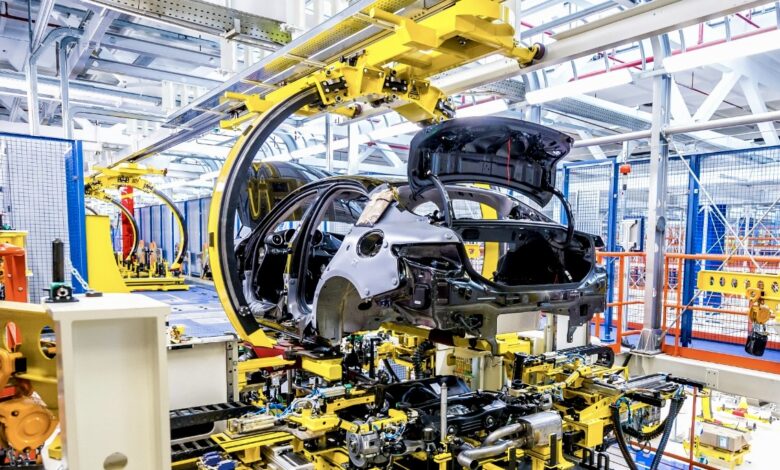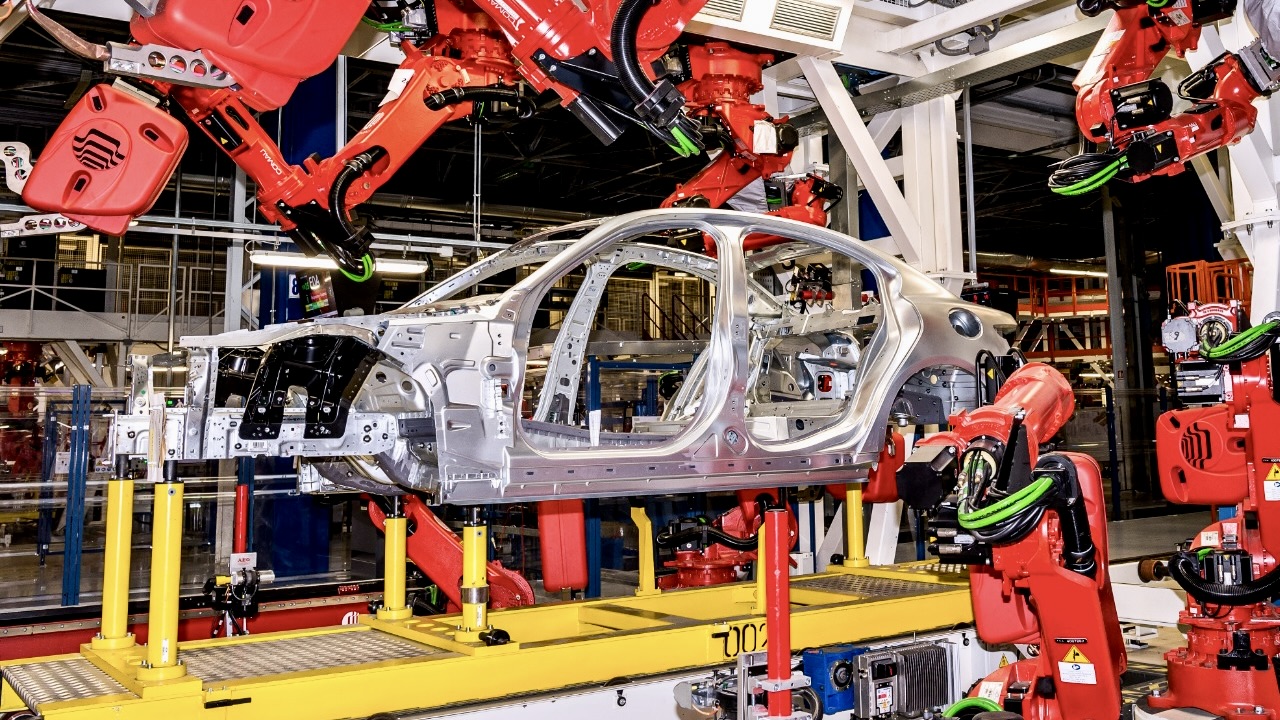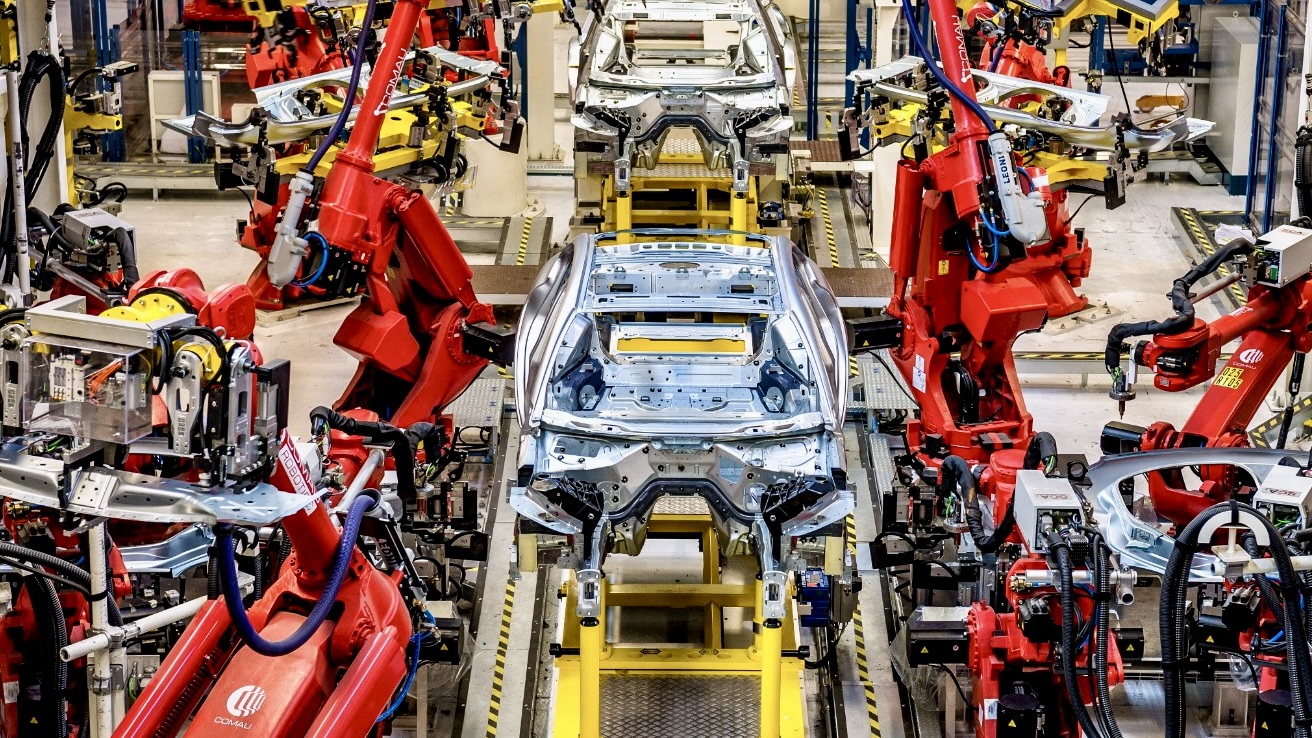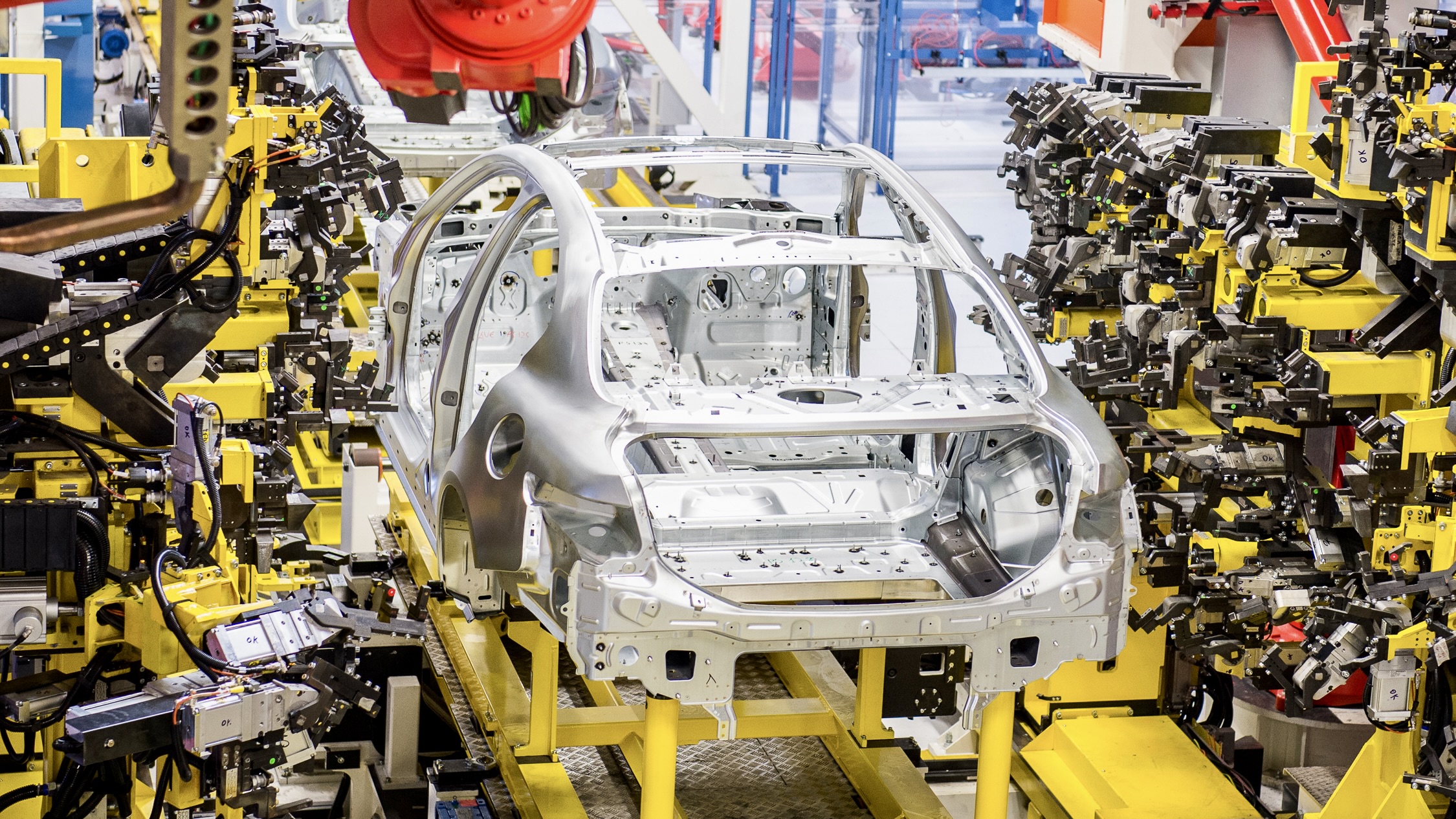Stellantis Workers At The Italian Cassino Plant Are On Strike
Unions Want To Meet With Italian Prime Minister and Stellantis CEO...

The Stellantis Cassino Assembly Plant, located in Italy, has been the center of a significant workers’ strike, reflecting growing tensions over unsustainable working conditions. The strike, which began on Monday, saw over 80% participation from employees in key departments such as assembly, plastics, and plating, and continued into Tuesday and Wednesday.
The strike was organized by the unions Uilm, Fiom, and Flmu-Cub in response to increasing workloads and production paces deemed excessive by the workers. Union representatives explained that the company’s unilateral decision to increase production rates and workloads was the tipping point. “We have responded to yet another unilateral stance by the Stellantis and Alfa Romeo management to further increase production paces and workloads,” the unions stated.

Workers have been particularly frustrated with the move to a single shift from 6:00 a.m. to 2:00 p.m., which they argue has worsened their working conditions and drastically reduced their pay. The single shift has also eliminated any potential earnings from night shifts, adding to the financial strain on employees. “The company’s choice of the single shift has not only worsened working conditions but has drastically reduced the salary of workers who, as always, are the only ones to pay the consequences of the crisis,” the unions emphasized.
The Cassino plant, which produces flagship models such as the Maserati Grecale (M182), Alfa Romeo Giulia (GA), and Stelvio (GU), has seen a significant drop in production. This year, production has plummeted by 40% compared to the same period in 2023. The plant is currently operating only one production line, a stark contrast to its output in previous years. In 2017, the plant assembled 153,263 cars, but that number fell to just 48,800 units last year.

As the company transitions to the new STLA Large platform, designed for upcoming premium models including electric versions of the Stelvio and Giulia, workers are demanding better conditions. “We demand better working and living conditions inside the factory because it is not possible to continue to make efficiency and profit on the skin of the workers,” the unions declared.
The labor unrest at Cassino is part of a broader issue affecting Stellantis plants in Italy. The Cassino plant is one of the hardest hit by recent redundancy plans, with 560 planned job cuts and the additional reduction of 300 transfer drivers who support the Pomigliano d’Arco site.

Samuele Lodi, national secretary of Fiom-Cgil and head of the mobility sector, described the situation as “unbearable,” highlighting the intense work pace despite the extensive use of layoffs. “Working conditions are now unbearable,” Lodi stated. “Despite the intensive use of layoffs, the methods and times of work during working days are excessive, to the detriment of the well-being of the workers.”
The unions are calling for a meeting with Italy’s Prime Minister Giorgia Meloni and Stellantis CEO Carlos Tavares to address the crisis and seek solutions to revive the automotive industry in Italy. They argue that Stellantis is showing “total indifference” to its employees and fears the company’s disengagement from Italy.
Source: il Fatto Quotidiano






No replies yet
Loading new replies...
Join the full discussion at the Mopar Insiders Forum →